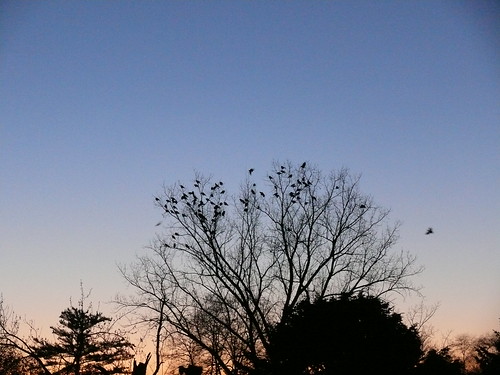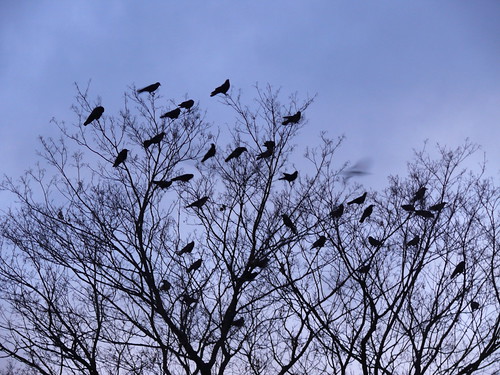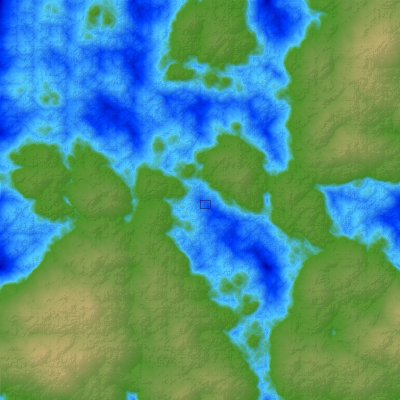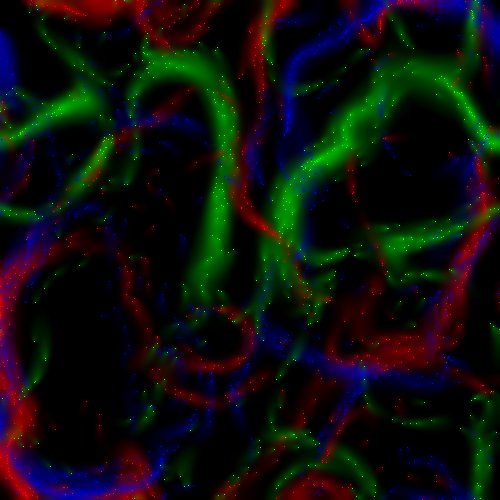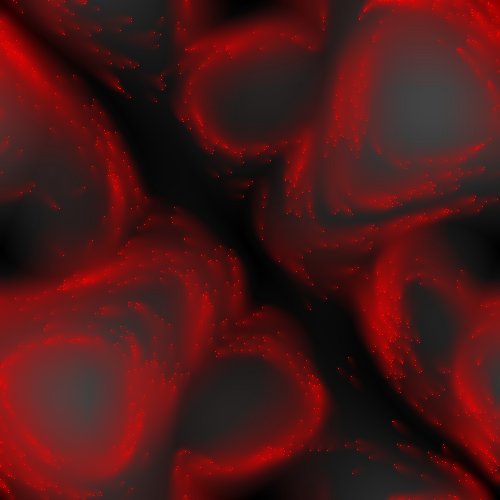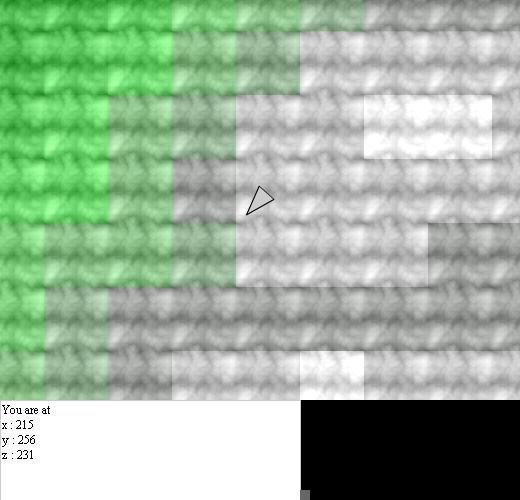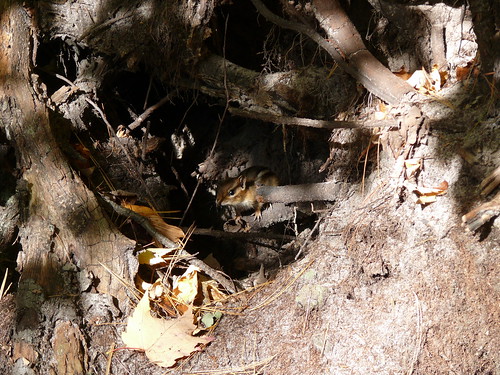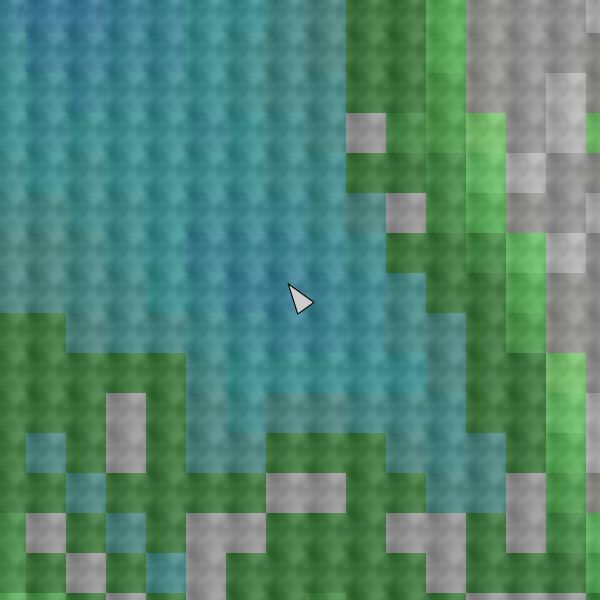Back in February I posted a quote from Neal Stephenson’s book Interface, wherein he suggests we have, politics-wise, come through the ages of ideas, character, and charisma, and were now in the age of scrutiny. When Mr. Stephenson was at his local book signing earlier this autumn, I asked him what he thought the next “age” might be. He declined to give a specific answer, although he pointed out that people seem to be more attracted to simple-or simplified-answers as the world grows more complex.
I have been giving this issue a lot of thought, and I think I have an answer for what the new age is: Perception.
The age of scrutiny came about before the explosion of the internet, and blogging, and YouTube, and the instant transmission of information from the insect-eyed crowds at every public gathering. The age of scrutiny has become buried under an influx of signals so vast it is indistinguishable from random noise. Now we are caught in the flux between conflicting viewpoints, and trying to tease un-distorted images from a kaleidoscope as big as the world. An event barely has a chance to occur before ten thousand sources provide spin and commentary, and soon the most pressing question is “Did anything actually happen in the first place?” If there is something verifiable, should it be thought of as good or bad? Patriotic or traitorous? Profitable or unprofitable? The uncountable eyes in the hive of perception each provide a unique view, but in aggregate that which is most seen becomes a form of consensual reality.
We have always lived in an age of perception to some degree, but during the age of scrutiny people – briefly – were able to use technology to sift through any available information coming in. But now our ability to produce information has so far outstripped our ability to make sense of it that we are back where we were in the late 1960s. And we will probably stay here until the next paradigm shift in pattern recognition.
